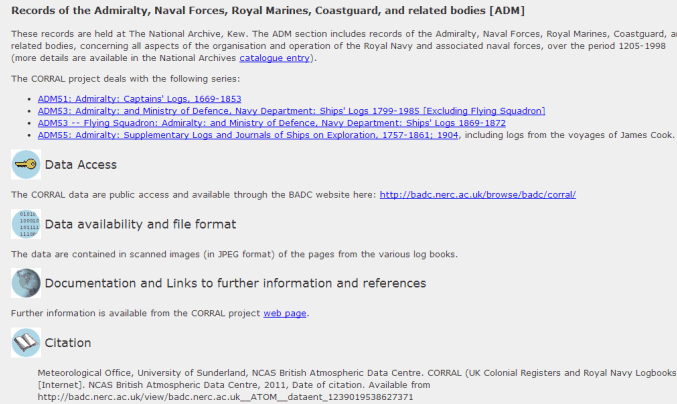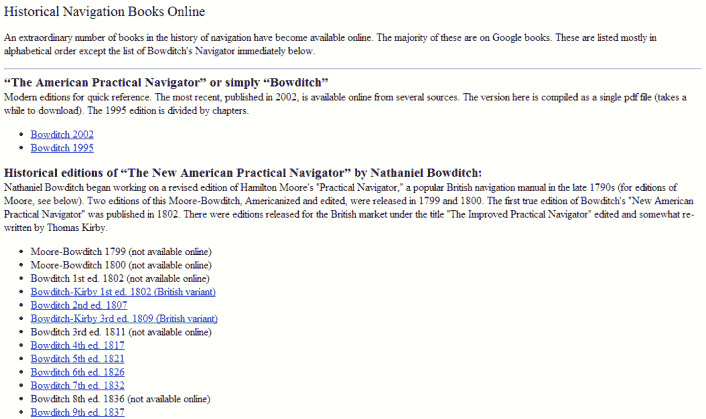
NavList:
A Community Devoted to the Preservation and Practice of Celestial Navigation and Other Methods of Traditional Wayfinding
From: David Pike
Date: 2023 Aug 14, 11:03 -0700
Robin Stuart, Bill Ritchie
1. When I did my calcs, I was short of time, so I only used the ‘Starfinder’ part of ‘Navigator, because soon as a body gets a negative altitude, it disappears from the screen. All I did was fiddle with the time until the Sun disappeared. Because I wasn’t sure how semi-diameters and refraction were catered for, I remained cagey about them. As a result of your comments, I used the ‘Celestial’ part and found a snag pre-year 1900. From 1900 onwards all is fine. In year 1900 onwards, GMT time = Local time and GMT date = Local date. Before the year 1900, starting at 00:00:00 on 1/1/1899, advancing 1 minute to 00.01:00 local time causes GMT time to skip back to 23.59.00, and GMT date to advance one day from 1/1/1899 to 2/1/1899. Therefore, my figures can no longer be considered reliable.
2. As ‘Daylight Saving Time’ wasn’t introduced nationally in the UK until 1916, I was doubtful if it would be present locally in Altrincham in 1898. However, as simply using GMT would have made the chap guilty by the order of one hour, I decided there must be some local version of daylight-saving time around Manchester in 1898.
3. Finally, as the time allowance after sunset in 1898 varied between 30 and 60 minutes depending upon local bye-laws, I decided that 60 minutes was the only value that made the chap’s guilt debatable and chose 60. Perhaps I shouldn’t have been so eager to be first with a result.
4. With a reliable set of values for GHA Sun in 1898, It ought to be possible to do the whole thing again mathematically, but not tonight. DaveP






